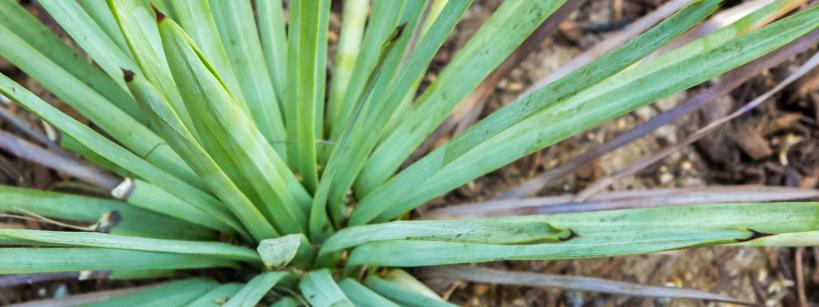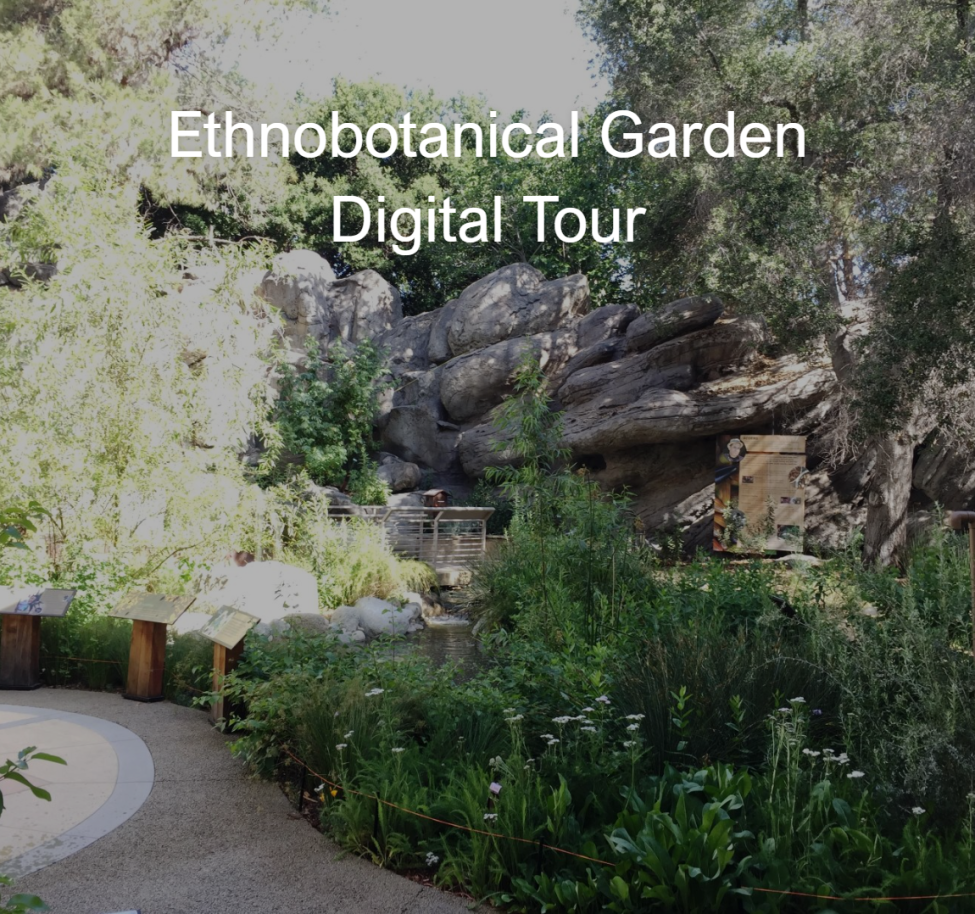Digital Garden Tour
Students will learn about California Native Plants in the gardens at the Autry Museum, their importance to other animals and uses by humans by:
- exploring the topic through introductory and concluding questions
- observing native plants from the Autry Museum’s Ethnobotanical Garden and grounds
- engaging in hands-on activities
Standards
CA HSS 3.1.2
CA HSS 4.1.3
Digital Garden Tour Resources
Pre-Lesson: Split students into small groups, each with a plant from the digital gallery tour and have students describe what they notice about the plant making observations, creating questions or completing a KWL on California Native Plants.
Lesson Activities:
- Students can map out the locations of the plants in each section of the tour, write the plant name and/or draw an image, and discuss the types of plants in different geographic areas.
- Students can be broken up into groups to look for leaf shape, flower color, size or other physical characteristics, document and discuss the findings.
- Students can also document the uses identified in some of the plants and discuss the various uses of plants – food, medicine, tools, etc.
Post Lesson: Post plants from the digital garden tour throughout the classroom or on a distance learning platform. Students “tour” each station writing down questions they still have on the subject. Assign students to research the answer to a question and present for each plant.
Teaching Tips for Different Learning Environments
Whole Class In-Person Learning: Split students into groups based on the California Native Plants digital garden tour sections: Devil’s Postpile Corner, Under the Willows, Waterways, Under the Oak, Around the Pond, Plaza Plants. Students review and present the information to the class guiding classmates through one of the “Things to Consider” questions. The teacher presents the first objects and discussion questions to model.
Whole Class Distance Learning: Create Zoom/GoogleChat/Teams polls, chats or lead a discussion using the “Things to Consider” questions. Create breakout rooms for different aspects of the digital gallery tour (Devil’s Postpile Corner, Under the Willows, Waterways, Under the Oak, Around the Pond, Plaza Plants) and have students come back to whole class to share what they learned.
Tech Fun: Students use a citizen science application to collect information about the plants in the backyard or neighborhood such as iNaturalist, Project Noah, or CitizenScience.gov to create your own project.
Links to Associated Education Resources





